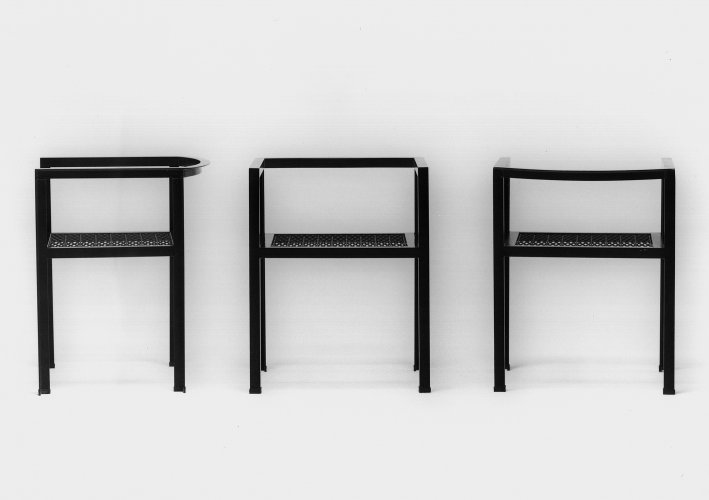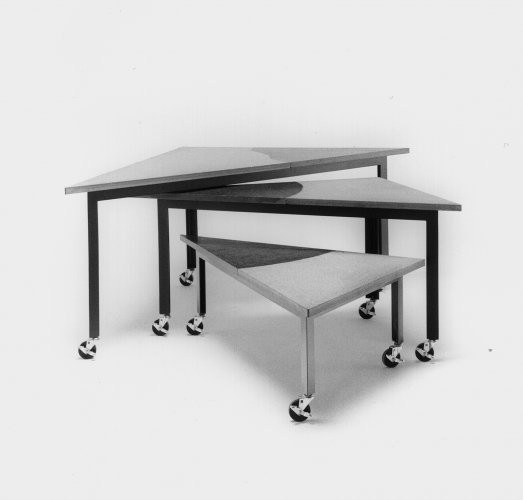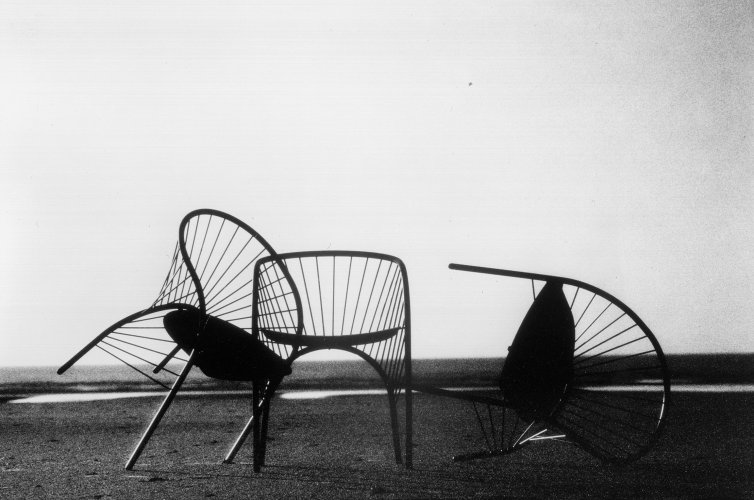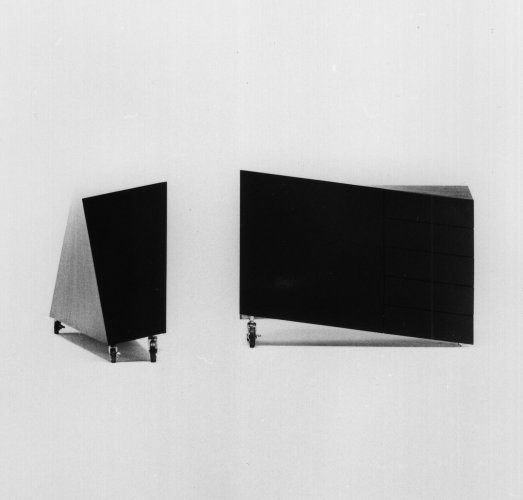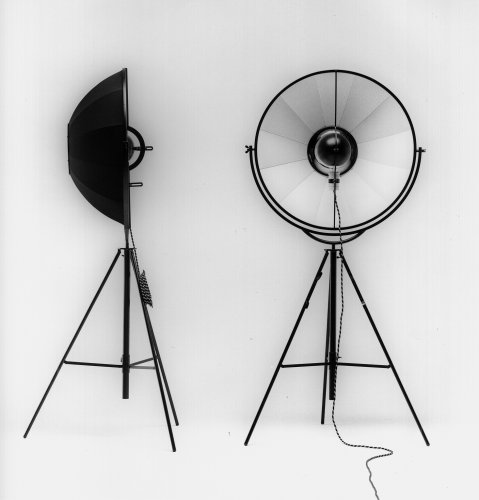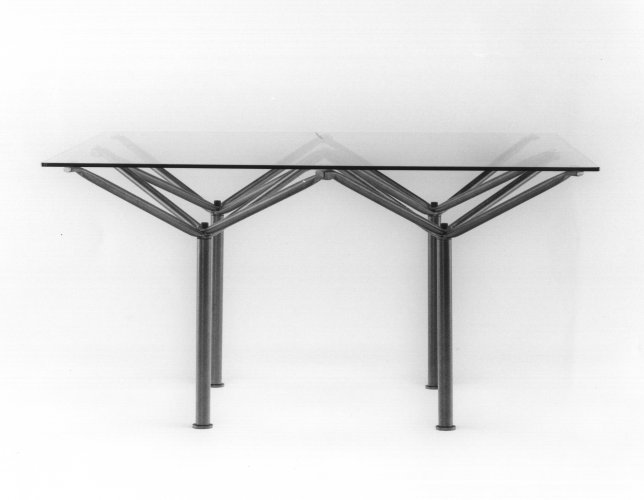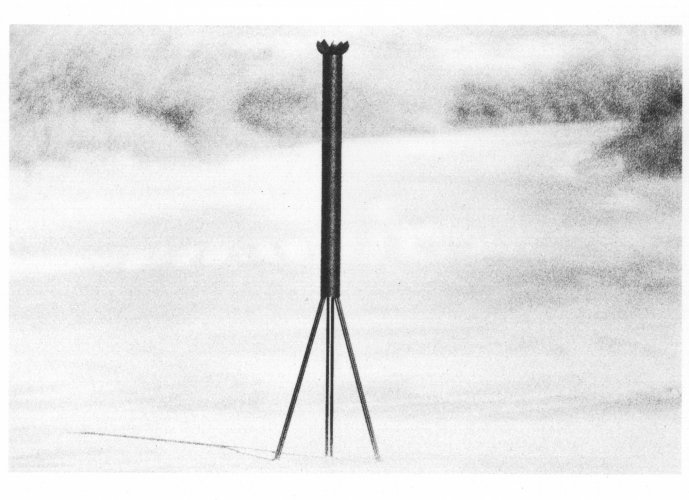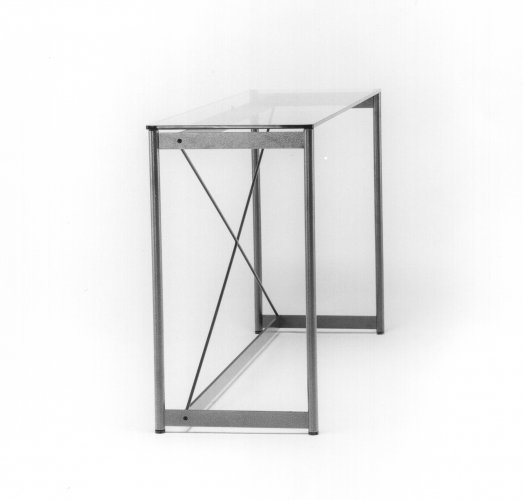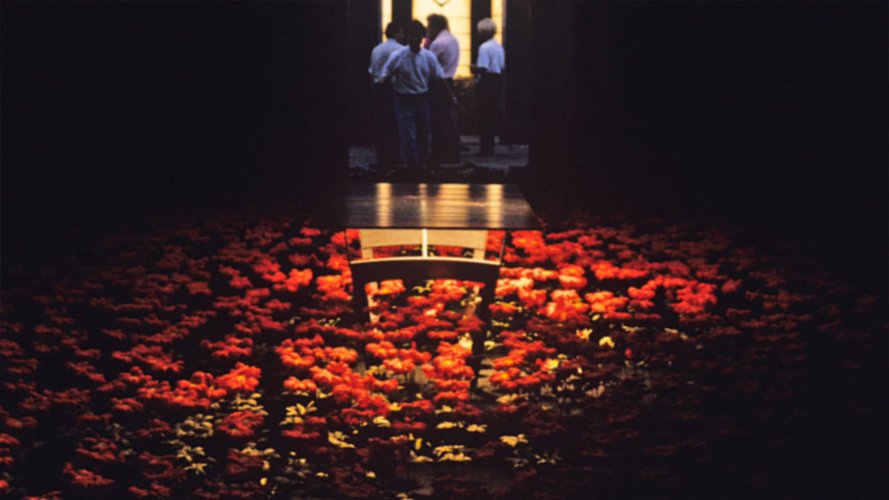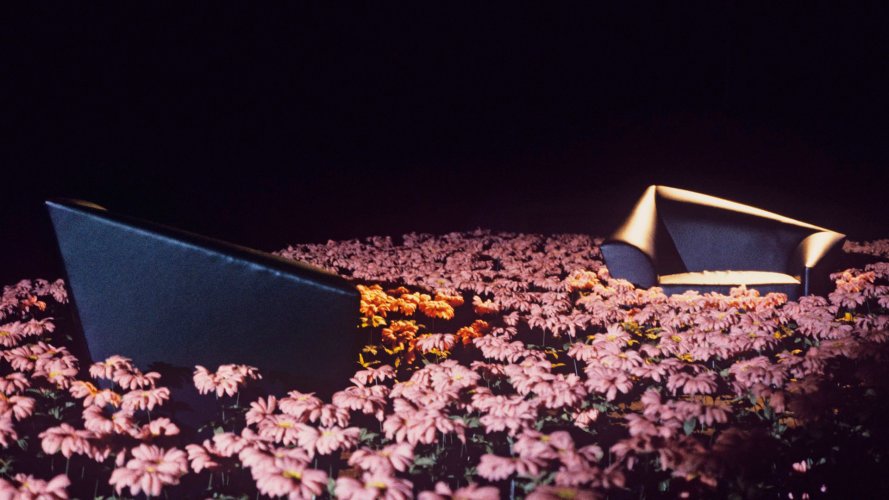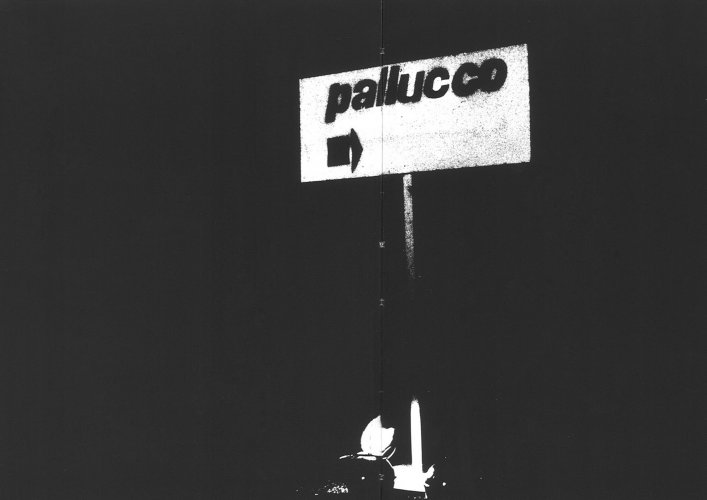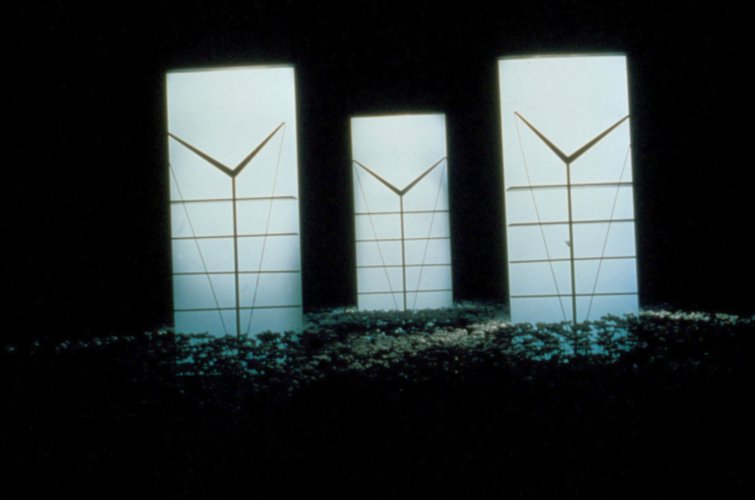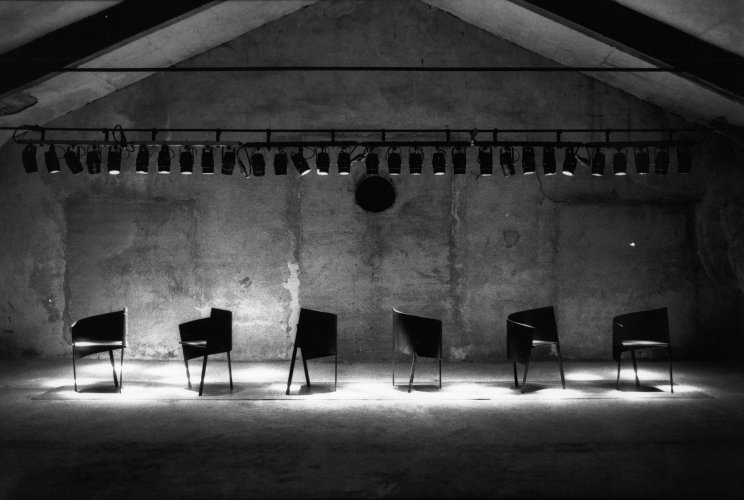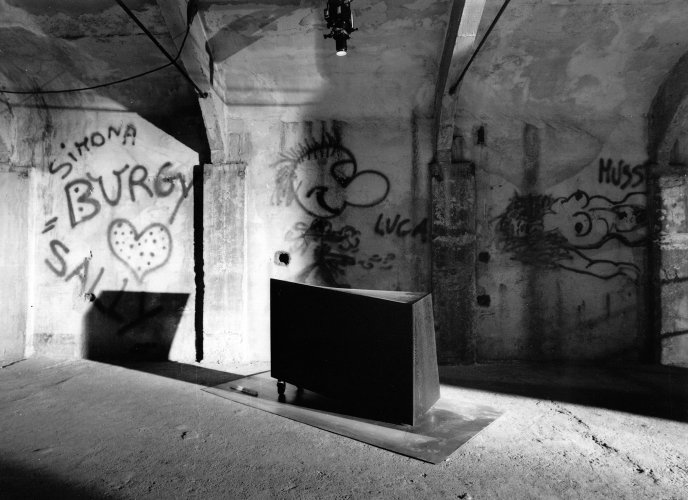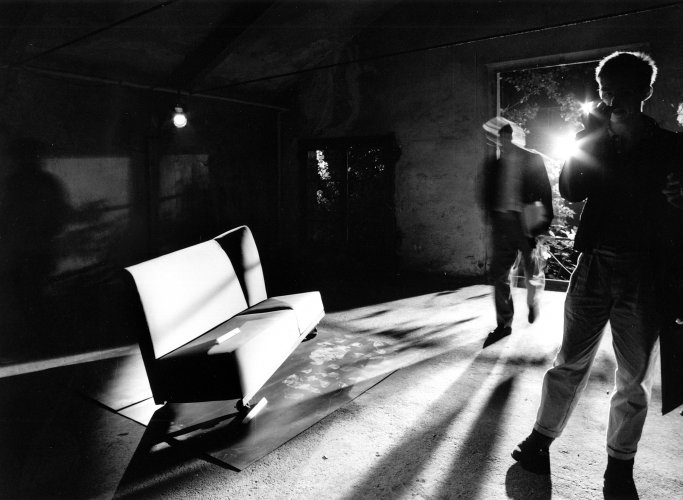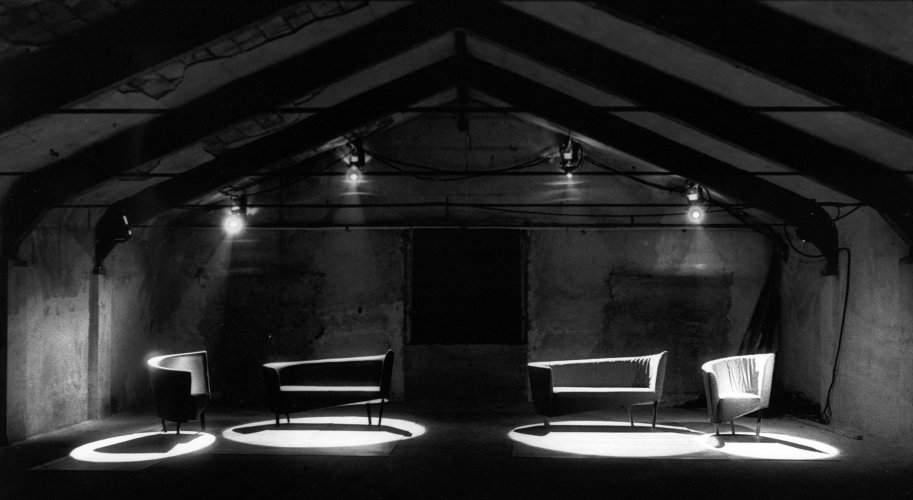Company profile
Change is life, vision, strategy and crosses the worlds in which Pallucco invests his design energies: light and home. Pallucco, moving away from the dominant styles, has always experimented with new solutions by searching for particular shapes and objects with strong aesthetic contents, drawing on different cultural sources and allowing himself to be contaminated by them. "It takes the eyes of a sailor to see the shore beyond the horizon"... these are the eyes with which Pallucco has traveled the streets of design since the 80s, identifying and choosing not what is simple fashion, but what representing the style trend. A careful, cultured and non-conformist approach, which has allowed the company to establish itself on the international scene since its foundation. Proof of this are the installations in the spaces of the Mattatoio in Milan (1987 ⁄ 1988 ⁄ 1989) and the collaborations with Peter Lindbergh and Rei Kawakubo. Rigor and urban minimalism are the cornerstones of Pallucco in the 1990s under the artistic direction of Hannes Wettstein, who designed one of his masterpieces for the company, the Continua bookcase, bringing the concept of technology to the forefront of the design world as new form beyond aesthetics. The 2000s are dedicated to decoration. The artistic direction of Jurgen Bey shifts Pallucco's attention to new forms and new formal languages. At the same time, the group of designers who produce and experiment with new solutions expands, exploring the frontiers of contemporary design with the freedom of expression that is the most authentic signature of the Pallucco style. Hannes Wettstein, Jean Nouvel, Tom Dixon, Jaime Hayón, Christian Deuber, Sergio Calatroni, Denis Santachiara, Kazuhiro Yamanaka, Enrico Franzolini, Lagranja Design, Susanne Philippson, Matalie Crasset, Constance Guisset, Brian Rasmussen, Luciano Bertoncini create exclusive pieces for Pallucco that they mark the style of a laboratory of ideas where the trends of multicultural design are compared. The current production is a fusion of contemporary, historical and timeless objects. The Fortuny lamp by Mariano Fortuny, the visionary masterpiece of the early twentieth century, best represents its spirit. Pallucco has a history with roots in a prestigious past that projects itself into a future of research and exploration.
